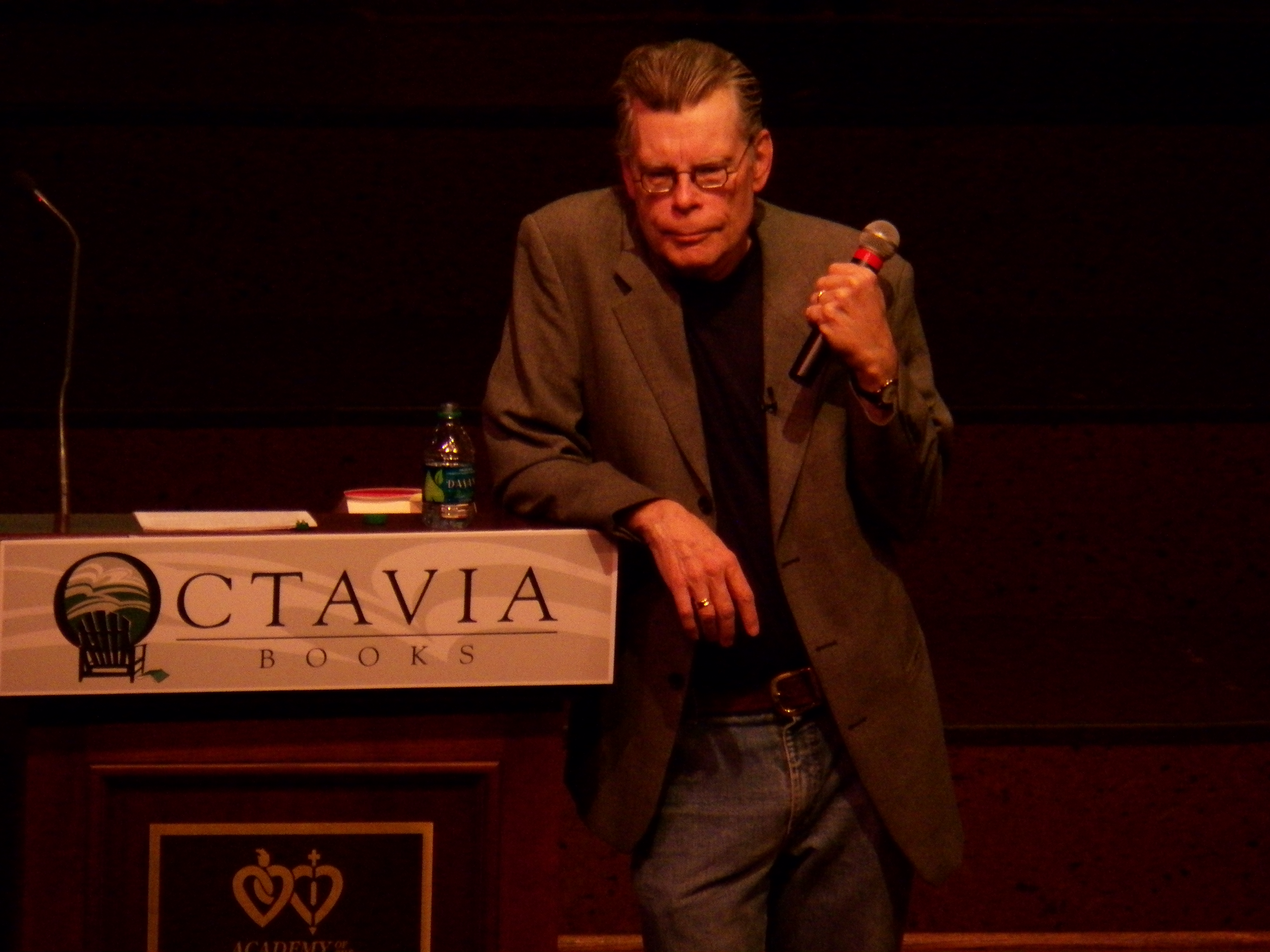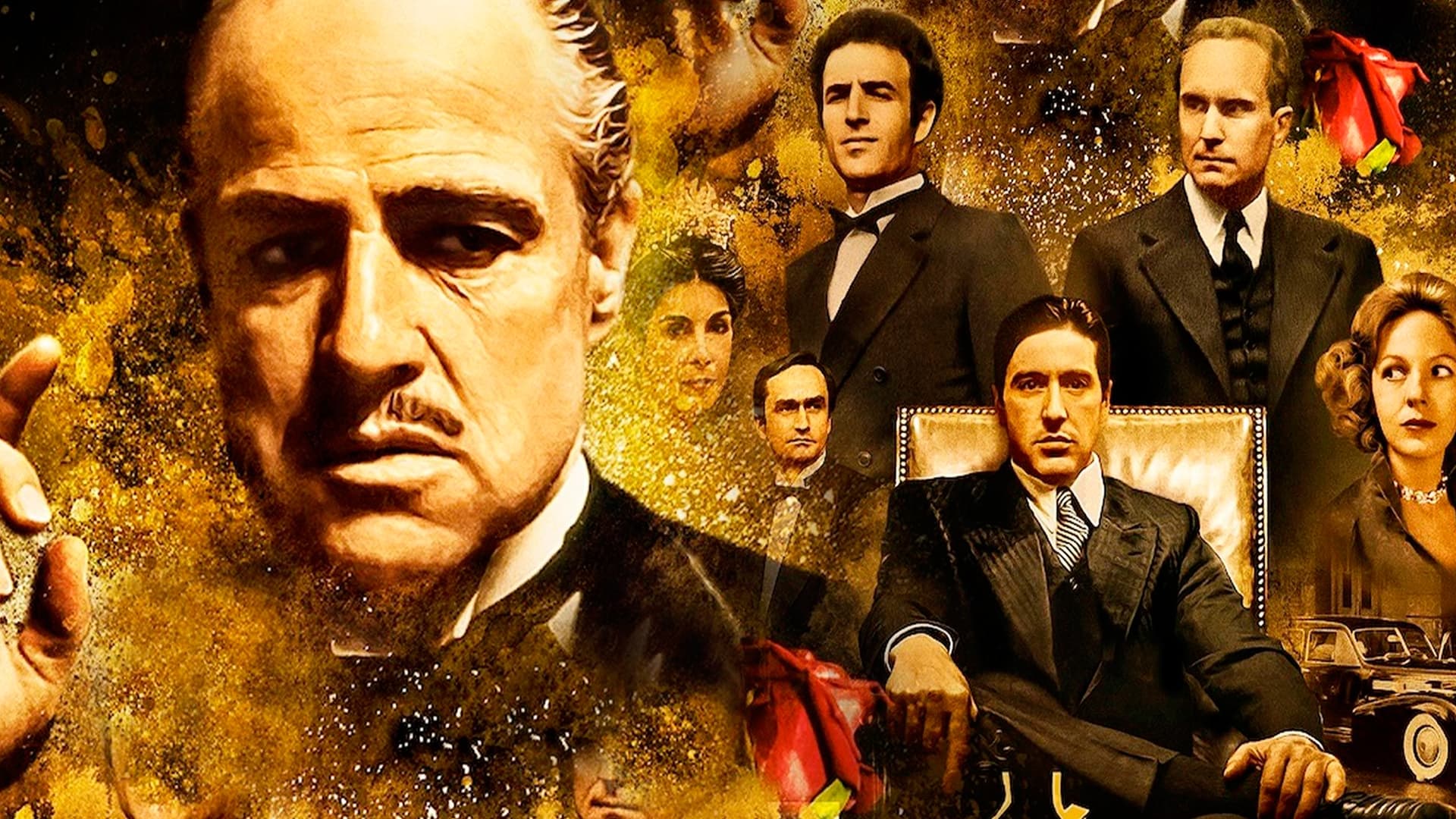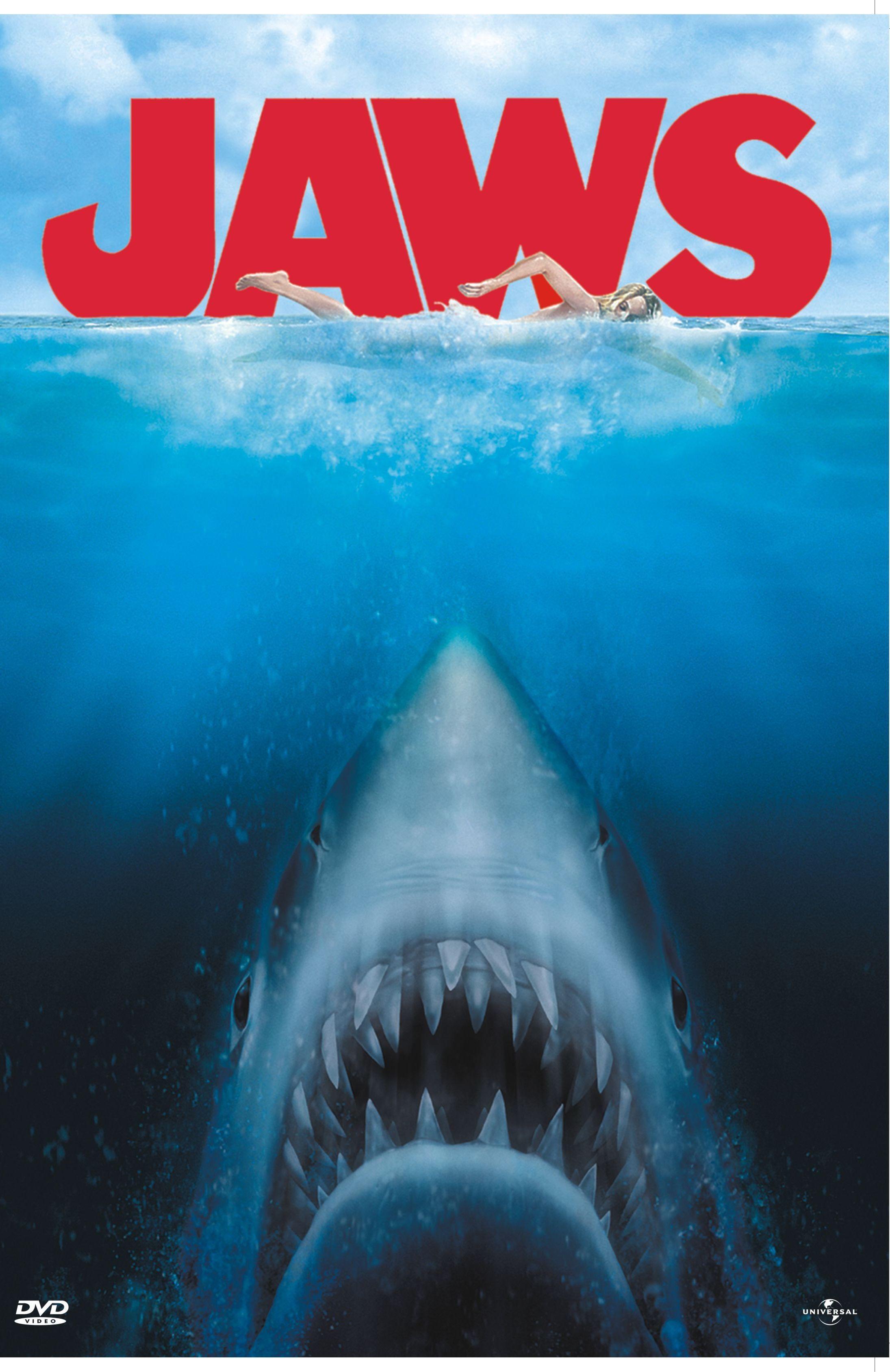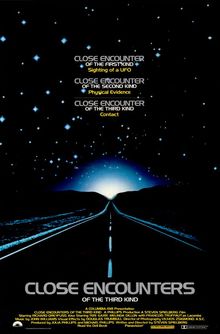
Stephen King, a titan of terror and a literary luminary, recently pulled back the curtain on his cinematic soul, revealing a meticulously curated list of his all-time favorite movies. This isn’t just any list; it’s a rare glimpse into the mind of a master storyteller, offering insight into the narratives and filmmaking techniques that have resonated most deeply with him, outside the vast universe of his own adaptations. Fans and critics alike have eagerly awaited such a disclosure, and King, with his characteristic flair, delivered a genre-spanning set of curated works, encompassing Hollywood classics, noir standards, comedies, and early blockbusters.
What makes this list particularly intriguing is not just what made the cut, but what King pointedly left out. He prefaced his top 10 by explicitly excluding four major adaptations of his own novels or novellas: 1990’s Misery, 1994’s The Shawshank Redemption, 1986’s Stand by Me, and 1999’s The Green Mile. It’s a calculated omission, as one can reasonably assume these critically acclaimed films—often cited among the best King adaptations—would otherwise command prominent spots. It’s worth noting the shared directorial talents among these exclusions, with Rob Reiner helming Misery and Stand by Me, and Frank Darabont directing The Shawshank Redemption and The Green Mile. Furthermore, Stand by Me and The Shawshank Redemption notably sprang from the same collection of four stories, Different Seasons.
But King’s cinematic opinions aren’t always in lockstep with popular consensus, especially when it comes to his own work. He famously held strong objections to Stanley Kubrick’s iconic 1980 adaptation of The Shining, lamenting, “The character of Jack Torrance has no arc in that movie. Absolutely no arc at all. All he does is get crazier. In the book, he’s a guy who’s struggling with his sanity and finally loses it … [the film is] like a big, beautiful Cadillac with no engine inside it.” Such a candid assessment only heightens the anticipation for his unvarnished picks, promising a list free from authorial bias or conventional expectations. What we’re about to delve into is King’s pure cinematic love, unfiltered and fascinatingly diverse. These selections, presented “in no particular order,” offer a fascinating “film curriculum to study in order to get insight on what makes a popcorn flick for King.”

1. **Sorcerer (1977)**Kicking off King’s eclectic list is William Friedkin’s 1977 thriller, *Sorcerer*, a pick that genuinely surprised many cinephiles and fans. The film, which King listed, offers a bleak, heart-of-darkness exploration that clearly resonates with the horror maestro. It’s described as “rather confusingly titled” by some, hinting at its perhaps opaque marketing or misunderstood nature upon release. However, for a discerning viewer like King, its gritty realism and intense premise were clearly irresistible.
The narrative of *Sorcerer* revolves around four fugitives from vastly different backgrounds. They find refuge in a Central American village, only to agree to a perilous mission: transporting trucks loaded with unstable explosives across treacherous jungle roads. This high-stakes premise immediately establishes a tone of unrelenting suspense and desperation. The film was, famously, a box office flop upon its initial release, but, much like many cult classics, it has steadily gained significant critical favor in the years since, finding its audience among those who appreciate its raw, unflinching storytelling.
One of the film’s most notable and enduring sequences involves the trucks having to cross a rickety wooden bridge over a river during a rainstorm. This scene is often cited as an “incredibly riveting ‘how did they do that?’” moment, showcasing Friedkin’s masterful direction and practical effects work. The sheer tension and logistical nightmare presented by this sequence makes it a highlight, leaving a lasting impression on viewers. Roy Scheider, known for his work in other King favorites, delivers a performance that contributes significantly to the film’s intense atmosphere, embodying the struggle against impossible odds.
It’s also worth noting the thematic connection drawn between *Sorcerer* and another film on King’s list, *The Treasure of the Sierra Madre*. Both films delve into the psychological toll of desperate circumstances and the moral compromises individuals make when pushed to their limits. King’s appreciation for such narratives, particularly those that explore the darker facets of human nature and survival, is evident. *Sorcerer*’s inclusion is a testament to King’s sophisticated and often unconventional taste, proving that his favorites extend beyond mainstream blockbusters to embrace challenging, visually striking cinema.
Read more about: 19 Popular Movie Franchises Explored

2. **The Godfather Part II (1974)**From a cult classic to a universally acclaimed masterpiece, King’s list continues with Francis Ford Coppola’s 1974 Oscar-winning gangster sequel, *The Godfather Part II*. This film stands as a towering achievement in cinematic history, frequently appearing on “common best-of-all-time choices” lists, and its presence here solidifies King’s appreciation for truly iconic storytelling. It’s not merely a sequel, but a complex, parallel narrative that deepens the mythology of the Corleone family, showcasing Coppola’s unparalleled vision.
The film’s critical and commercial success was immediate and enduring, earning numerous accolades, including multiple Academy Awards. Its stature is so immense that even fellow legendary director Steven Spielberg once picked “The Godfather” as “the greatest American film ever made,” highlighting the profound impact the saga has had on filmmaking. *The Godfather Part II* itself holds the No. 32 spot on the American Film Institute’s prestigious list of The 100 Greatest American Films of All Time, further cementing its place in the pantheon of cinema.
Robert De Niro delivers a powerful, Oscar-winning performance as the young Vito Corleone, providing a compelling origin story that seamlessly intertwines with Al Pacino’s portrayal of Michael Corleone’s increasingly ruthless reign. This dual narrative structure, exploring both the rise of Vito and the deepening moral decay of Michael, offers a rich tapestry of ambition, power, and family loyalty. The film’s exploration of the American Dream, viewed through the lens of organized crime, remains a potent and thought-provoking examination of power and corruption.
King’s inclusion of this film speaks volumes about his admiration for meticulously crafted narratives and compelling character arcs, themes that are often central to his own literary work. The film’s sprawling epic scope, its intricate plot, and its profound psychological depth likely appeal to King’s sensibilities as a master of character and world-building. It represents a pinnacle of cinematic achievement, one that continues to influence storytellers across all mediums, including, no doubt, the horror maestro himself.
Read more about: Unveiling the Masters: A Definitive Look at 14 of the Greatest Screenwriters in Cinema History

3. **The Getaway (1972)**Another fascinating and perhaps “intriguing pick” from Stephen King’s collection of favorites is Sam Peckinpah’s 1972 crime drama, *The Getaway*. King’s discerning taste often gravitates towards gritty, authentic narratives, and this film perfectly embodies that aesthetic. The context explicitly assumes King means the 1972 version, starring Steve McQueen and Ali MacGraw, distinguishing it from a less impactful 1994 remake, highlighting the specific vintage of cinema King appreciates.
The film is a quintessential Peckinpah production, known for its unflinching portrayal of violence and its focus on anti-heroes caught in a spiral of their own making. It’s based on Jim Thompson’s 1958 novel, and King is noted as “a big fan of Thompson’s work,” a detail that sheds considerable light on this particular choice. Thompson’s novels are renowned for their dark, nihilistic themes and psychological depth, qualities that align well with King’s own explorations of human nature under duress. The movie delivers a raw, suspenseful ride, perfectly capturing the desperation of its protagonists.
*The Getaway*’s narrative thrust revolves around a bank robber, Doc McCoy, whose release from prison is orchestrated by a corrupt businessman in exchange for a cut of his next heist. The plan inevitably goes awry, leading to a relentless chase across the American Southwest. The film’s tension is palpable, fueled by double-crosses, betrayals, and a constant struggle for survival. It’s a prime example of a lean, mean crime thriller that doesn’t pull its punches, resonating with King’s appreciation for stories that confront the darker, more visceral aspects of life.
This choice underscores King’s broad cinematic palette, demonstrating that his interests aren’t confined solely to the horror genre, despite his public persona. Instead, he clearly values well-executed genre films that delve into complex moral landscapes and push characters to their breaking points. *The Getaway*, with its blend of intense action, psychological tension, and literary pedigree, stands as a compelling inclusion that speaks to the depth of King’s appreciation for sharp, hard-boiled storytelling.
Read more about: Beyond the Stunts: Why Steve McQueen’s 14 Iconic Roles Still Define Action Cool for Generations

4. **Groundhog Day (1993)**Shifting gears considerably from gritty crime dramas and intense thrillers, Stephen King’s list warmly embraces the Bill Murray-starring 1993 comedy, *Groundhog Day*. Directed by Harold Ramis, this film is widely considered a “quasi-modern masterpiece” by many, and its inclusion on King’s roster is a delightful testament to his diverse appreciation for storytelling, even within the realm of humor. It proves that the master of horror isn’t always dwelling in the shadows; he also savors clever, insightful comedies.
The premise of *Groundhog Day* is brilliantly simple yet profound: a cynical weatherman, Phil Connors, finds himself trapped in a time loop, reliving the same day over and over again. What begins as a comedic nightmare—a “nightmare scenario to live in,” as the context aptly puts it—slowly evolves into a journey of self-discovery and personal growth. The film’s genius lies in its ability to combine laugh-out-loud humor with deeply philosophical questions about existence, purpose, and the human condition. It’s a comedy with a surprisingly dark and existential core.
King’s appreciation for *Groundhog Day* highlights his own “sense of humor [that] skewers in the vein of Groundhog Day,” suggesting a shared sensibility for wit that explores uncomfortable realities. While ostensibly a romantic comedy, the film’s core concept of an inescapable, repetitive existence certainly flirts with a kind of psychological horror, albeit framed comically. This blend of genre elements likely appeals to King, who often weaves humor into his darkest narratives, creating a more textured and relatable experience for his readers.
The enduring popularity and critical acclaim of *Groundhog Day* are well-deserved. Its innovative structure, sharp writing, and Murray’s iconic performance have cemented its place as a beloved classic. Its message of embracing change, finding joy in the mundane, and the power of redemption resonates universally, making it a film that offers both intellectual stimulation and genuine warmth. For King, it clearly represents a high watermark in comedic filmmaking, demonstrating that even endless repetition can lead to profound, engaging narrative possibilities.
Read more about: Why 1993 Was One of the Best Movie Years Ever: 15 Films That Prove It

5. **Casablanca (1943)**Completing the first half of Stephen King’s exceptional list is a true pillar of Hollywood’s Golden Age: Michael Curtiz’s 1943 classic, *Casablanca*. This film, starring the legendary Humphrey Bogart, is not just a movie; it’s a cultural touchstone, a romantic drama that has captivated audiences for generations. Its inclusion on King’s list confirms his deep respect for foundational cinematic achievements, proving that his discerning eye appreciates timeless storytelling as much as it does contemporary thrillers.
*Casablanca* is consistently lauded as one of the greatest films ever made, often appearing on “common best-of-all-time choices” lists across various publications and critical bodies. The American Film Institute, for instance, places *Casablanca* at an impressive No. 3 on its list of The 100 Greatest American Films of All Time, directly behind *Citizen Kane* and *The Godfather*. This high ranking underscores its indelible impact and enduring quality, demonstrating its status as a masterpiece that transcends its era.
The film’s enduring appeal is multi-faceted, blending elements of romance, war drama, and espionage against the backdrop of Vichy-controlled French Morocco during World War II. Humphrey Bogart’s iconic portrayal of Rick Blaine, the cynical American expatriate, is central to its charm, alongside Ingrid Bergman’s luminous Ilsa Lund and Paul Henreid’s heroic Victor Laszlo. The moral dilemmas, the sacrifices made for a greater cause, and the unforgettable dialogue have woven *Casablanca* into the fabric of popular culture.
King’s nod to *Casablanca* is a significant one, highlighting his appreciation for films that are both profoundly entertaining and deeply resonant on a thematic level. It’s a film about difficult choices, lost love, and the quiet heroism found in extraordinary circumstances—themes that, in their own way, echo the complex human struggles often explored in King’s own novels. The film’s ability to maintain its power and relevance decades after its release speaks to its universal narrative strengths, which clearly left a mark on the master storyteller.
Read more about: Hollywood’s Hidden Gems: 15 Classic Movie Stars Who Deserved Way More Recognition

6. **The Treasure of the Sierra Madre (1948)**Stephen King’s curated list continues its journey through cinematic history with John Huston’s 1948 classic, *The Treasure of the Sierra Madre*. This choice, featuring the inimitable Humphrey Bogart—who also graces King’s list in *Casablanca*—is anything but a surprising pick. Instead, it’s a stalwart of the American cinematic canon, routinely appearing on “common best-of-all-time choices” lists. Its presence here further cements King’s respect for films that delve deep into the human psyche, particularly when greed and desperation are at play.
The film masterfully unpacks a narrative of three down-on-their-luck American prospectors in 1920s Mexico, whose discovery of gold quickly unravels their moral compass. It’s a gripping exploration of avarice, paranoia, and the destructive power of unchecked ambition, themes that King himself often grapples with in his own sprawling literary universe. The stark, unforgiving landscape mirrors the internal desolation of its characters, making for a truly intense viewing experience.
Indeed, the context explicitly draws a thematic connection between *The Treasure of the Sierra Madre* and another of King’s picks, *Sorcerer*. Both films, it notes, are narratives that delve into the “psychological toll of desperate circumstances and the moral compromises individuals make when pushed to their limits.” This recurring thread reveals a consistent aspect of King’s cinematic palate: a profound appreciation for stories that unflinchingly examine human nature at its most vulnerable and corruptible, highlighting the fine line between survival and self-destruction.
Bogart’s performance as the increasingly paranoid Fred C. Dobbs is legendary, an unsettling portrayal of a man consumed by his obsession. This film is a potent reminder of the fragility of integrity and the seductive pull of material wealth, all wrapped in a taut, compelling adventure. For King, it’s likely not just the suspense, but the profound character study and the chilling descent into madness that secured its spot.

7. **Jaws (1975)**No list of cinematic favorites, especially one from a master of suspense, would be complete without Steven Spielberg’s groundbreaking 1975 blockbuster, *Jaws*. This film, a “common best-of-all-time choice,” isn’t merely a classic; it’s a phenomenon that fundamentally reshaped the film industry. Its inclusion is hardly unexpected, given its status as a benchmark for suspense filmmaking and its potent exploration of primal fear, a cornerstone of King’s own work.
*Jaws* single-handedly invented the summer blockbuster, plunging audiences into a terrifying ordeal with a relentless great white shark. The film’s genius lies not just in its visceral scares but in its masterful pacing and character development, building dread through suggestion rather than constant display. Roy Scheider, who also captivated King in *Sorcerer*, delivers a standout performance, embodying the struggle against the “shark-induced mass hysteria” that grips the small island community of Amity.
The film’s impact is undeniable, enduring through decades. It recently celebrated its 50th anniversary, a testament to its timeless appeal and cinematic craftsmanship. The American Film Institute recognizes its monumental stature, placing *Jaws* at an impressive No. 56 on its prestigious list of The 100 Greatest American Films of All Time, a remarkable feat for a thriller.
King’s appreciation for *Jaws* speaks volumes about his understanding of effective horror and suspense. It’s a film that taps into universal fears—the unknown, the unseen, the vastness of nature’s power—and translates them into a terrifying, yet thrilling, narrative. This isn’t just a monster movie; it’s a clinic in how to build tension, create indelible characters, and deliver a truly unforgettable cinematic experience, a lesson King himself has surely applied to his own storytelling.
Read more about: Get Ready to Feel It All: 14 Stars Who Delivered the Most Powerful Emotional Performances in Film and TV

8. **Mean Streets (1973)**Martin Scorsese’s 1973 crime drama, *Mean Streets*, emerges as an “interesting choice” on King’s list, especially considering that “few would rank it among Martin Scorsese’s best films (we sure didn’t).” Yet, its presence is incredibly revealing, highlighting King’s discerning eye for raw, authentic storytelling and his willingness to champion films that, while perhaps not universally lauded as a director’s pinnacle, offer a profound and visceral impact. This is Scorsese before the sweeping epics, a raw, kinetic portrait of life in Little Italy.
The film offers an unflinching look at small-time hoods grappling with loyalty, faith, and their own self-destructive tendencies in New York City’s underworld. It’s a gritty, semi-autobiographical piece that vibrates with a restless energy, driven by explosive performances from a young Robert De Niro and Harvey Keitel. Their volatile chemistry anchors a narrative that feels less like a traditional plot and more like an immersive experience of a specific time and place.
What likely drew King to *Mean Streets* is its psychological realism and its keen insight into flawed characters. The film’s exploration of guilt, the struggle for redemption, and the inescapable cycles of violence and temptation resonate deeply with themes often found in King’s own work, particularly his tales of everyday people pushed to their moral limits. It’s a film about characters trying to find their way in a world that offers few easy answers, often resorting to violence and self-deception.
King’s inclusion of *Mean Streets* demonstrates his appreciation for films that prioritize character and atmosphere over conventional narrative arcs. It’s a testament to his understanding that even the “lesser” works of great directors can possess an undeniable power, offering a unique “film curriculum to study in order to get insight on what makes a popcorn flick for King.” This choice speaks to the author’s taste for the authentic, the imperfect, and the intensely human, even when wrapped in a package that might not appeal to everyone.
Read more about: Who’s Still Bringing the Sunshine? Catching Up with the Enduring Cast of ‘Eight Is Enough’!

9. **Close Encounters of the Third Kind (1977)**Returning to the visionary hand of Steven Spielberg, King’s list features the director’s 1977 science fiction masterpiece, *Close Encounters of the Third Kind*. Much like *Jaws*, this film is a “common best-of-all-time choice,” celebrated for its profound sense of wonder and its groundbreaking portrayal of humanity’s first contact with extraterrestrial life. Its inclusion underscores King’s appreciation for expertly crafted genre films that elevate their subject matter beyond mere spectacle.
The film tells the story of Roy Neary, an ordinary blue-collar worker who experiences a profound alien encounter, leading him on an obsessive quest to understand and reconnect with the unknown. It’s a narrative steeped in mystery and human curiosity, focusing on the emotional and psychological impact of such an extraordinary event. Richard Dreyfuss delivers a compelling performance, encapsulating the intense drive and ultimate sacrifice required in pursuit of a truly alien truth.
The context notes that Spielberg, as a “cinematic contemporary to King’s own genre-spanning works,” inspires the inclusion of this film. This suggests King sees a kindred spirit in Spielberg’s ability to explore the fantastical and the terrifying with a distinctly human touch. *Close Encounters* masterfully blends awe and suspense, creating a sense of hopeful possibility while still acknowledging the unsettling nature of the unknown—qualities that resonate deeply with the horror maestro’s own literary ethos.
More than just a sci-fi epic, *Close Encounters of the Third Kind* is a film about obsession, belief, and the universal yearning for something greater than ourselves. Its stunning visuals, iconic five-note musical motif, and profound narrative have secured its place as a cherished classic. For King, it clearly represents a pinnacle of intelligent, emotionally resonant science fiction, demonstrating that the unknown can be both terrifying and incredibly beautiful, an idea he has often explored in his own writing.
Read more about: 16 Legendary 70s Movies That Are Still Essential Viewing Today

10. **Double Indemnity (1944)**Concluding Stephen King’s fascinating cinematic rundown is Billy Wilder’s quintessential 1944 film noir, *Double Indemnity*. This choice is a testament to King’s broad appreciation for different genres and eras of filmmaking, specifically his admiration for “noir standards.” As one of the “common best-of-all-time choices,” the film’s reputation is ironclad, with the American Film Institute placing it at a formidable No. 29 on its list of The 100 Greatest American Films of All Time.
*Double Indemnity* is a masterclass in suspense and cynical wit, following an insurance salesman, Walter Neff, as he falls prey to the manipulative charms of a seductive femme fatale, Phyllis Dietrichson. Together, they plot the perfect murder to collect on an insurance policy, only for their meticulously crafted scheme to unravel with increasing tension. It’s a dark, morally ambiguous tale, propelled by sharp dialogue and atmospheric cinematography that defines the noir aesthetic.
The film’s enduring power lies in its relentless grip, its exploration of human frailty, and the inevitability of fate once a dark path is chosen. Fred MacMurray and Barbara Stanwyck deliver iconic performances, embodying the seductive danger and simmering desperation at the heart of the story. Their interplay is a clinic in illicit chemistry and fatal attraction, creating a narrative that remains shockingly potent even decades later.
King’s inclusion of *Double Indemnity* signals his respect for narratives that explore the darker aspects of human psychology—betrayal, lust, and the corrosive nature of guilt—all hallmarks of his own literary universe. It’s a film that doesn’t just entertain but meticulously dissects the mechanics of a downward spiral, a quality that surely appeals to a writer who often crafts stories of ordinary people caught in extraordinary, and often horrific, circumstances. This film closes King’s list with a powerful statement about the timeless allure of a perfectly executed, morally complex thriller.
Read more about: Unveiling the Masters: A Definitive Look at 14 of the Greatest Screenwriters in Cinema History
Stephen King’s top 10 movie picks are far more than just a casual list; they are a veritable masterclass in cinematic taste, offering a compelling “film curriculum to study in order to get insight on what makes a popcorn flick for King.” From the gritty realism of a William Friedkin thriller to the profound wonder of Spielbergian sci-fi, and from the moral decay of a John Huston epic to the cynical shadows of Billy Wilder’s noir, King’s selections reveal a storyteller who deeply appreciates narrative craftsmanship, authentic character, and the subtle art of building unforgettable tension. This isn’t just a collection of movies; it’s a window into the mind of a legendary author, showing us the stories that have shaped his own expansive imagination and continue to inspire his mastery of the macabre and the magnificent.



